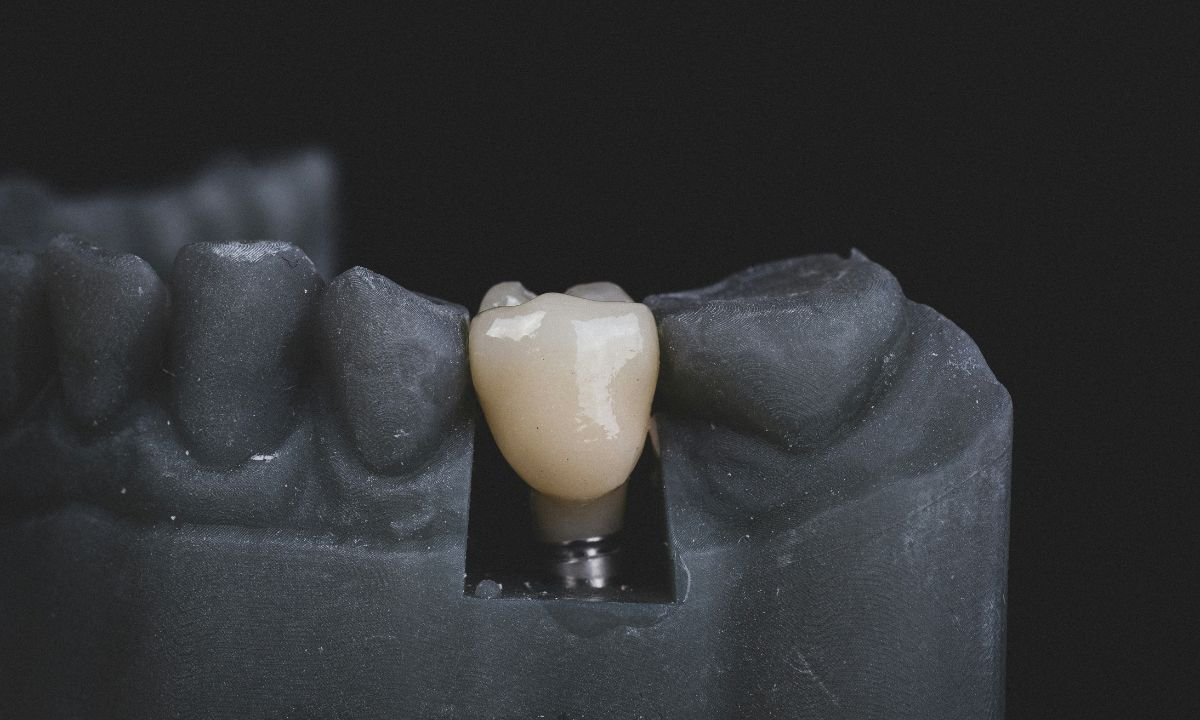Living with depression can be a daily struggle, and for many, the journey to find effective treatment is long. Traditional methods can take weeks or even months to provide relief, a significant delay for those in the midst of a depressive episode. This gap in care has led to the development of rapid-acting treatments.
The Limits of Traditional Treatments
For decades, the primary approach to treating depression has involved a combination of psychotherapy and antidepressant medications, such as selective serotonin reuptake inhibitors (SSRIs). These treatments have been a lifeline for many, helping them manage their symptoms and regain control over their lives.
However, these traditional methods are not a one-size-fits-all solution. Their main limitation is the time it takes to see results. Antidepressants can take four to six weeks, or even longer, to become fully effective. During this waiting period, individuals may continue to struggle with debilitating symptoms. Furthermore, finding the right medication and dosage often involves a process of trial and error, which can extend the timeline for relief.
For some, these conventional treatments may not work at all. This is known as treatment-resistant depression (TRD), a condition where a person does not respond to at least two different antidepressant trials of adequate dose and duration. Living with TRD can be incredibly disheartening, leaving individuals feeling stuck and without viable options. This is why the development of rapid-acting treatments is so crucial.
Exploring Ketamine: A Rapid-Acting Option
One of the most promising advancements in the fight against depression is the use of ketamine. Originally developed and widely used as an anesthetic, ketamine has been found to have powerful and rapid antidepressant effects when administered at low, sub-anesthetic doses.
Unlike traditional antidepressants that primarily target neurotransmitters like serotonin and norepinephrine, ketamine works on a different system in the brain. It targets the NMDA receptor, which is involved in the glutamate pathway. By blocking this receptor, ketamine is thought to trigger a cascade of events that lead to the rapid growth of new neural connections, or synapses. This process, known as synaptogenesis, can essentially help “rewire” the brain circuits that are disrupted by depression.
This different mechanism of action is what allows ketamine to work so quickly. Many individuals report a significant improvement in their depressive symptoms within hours or days of their first treatment, rather than weeks or months. This swift response can be life-changing, especially for those experiencing severe or treatment-resistant depression.
The Benefits of Ketamine Therapy
The primary advantage of ketamine treatment is the speed at which it can alleviate depressive symptoms. This rapid relief can be a critical intervention for individuals in acute distress. Beyond its speed, ketamine therapy offers several other potential benefits:
- Effectiveness for Treatment-Resistant Depression: Ketamine has shown remarkable success in helping individuals who have not responded to other treatments. For those who have felt hopeless after trying multiple antidepressants, ketamine can be a breakthrough.
- Reduction in Suicidal Thoughts: Studies have demonstrated that ketamine can rapidly reduce suicidal ideation, sometimes within hours of the first dose. This makes it an invaluable tool for crisis intervention.
- Improved Neuroplasticity: By promoting the growth of new synapses, ketamine may help improve the brain’s ability to adapt and change. This enhanced neuroplasticity can lead to more sustained improvements in mood and cognitive function.
- A New Perspective: Many patients report that ketamine treatment provides them with a new outlook on their lives and their struggles. The experience can help them break free from negative thought patterns and engage more effectively in psychotherapy.
Who is a Candidate for Ketamine Treatment?
Ketamine therapy is not typically a first-line treatment for depression. It is generally considered for individuals who have not found relief with conventional methods. Ideal candidates for ketamine treatment often include:
- Individuals with Treatment-Resistant Depression (TRD): Those who have tried multiple antidepressants without success are often excellent candidates.
- People with Major Depressive Disorder (MDD): Ketamine can be an effective option for those with severe, persistent MDD.
- Patients with Rapidly Worsening Symptoms or Suicidal Ideation: The fast-acting nature of ketamine makes it a vital option for those in immediate crisis.
- Individuals with Certain Other Mood Disorders: Research is also exploring the benefits of ketamine for conditions like bipolar depression and post-traumatic stress disorder (PTSD).
It’s essential for anyone considering this therapy to undergo a thorough evaluation by a qualified medical professional. A comprehensive assessment of your medical history and mental health background will determine if ketamine treatment is a safe and appropriate choice for you. For those seeking, consulting with experienced psychiatrists in Salt Lake City is the first step toward exploring this option.
What to Expect During and After Treatment
Ketamine is typically administered intravenously (IV) in a controlled, clinical setting under the supervision of a medical team. The infusion process itself usually lasts about 40 minutes.
During the infusion, patients may experience a dream-like or dissociative state. Some describe feeling disconnected from their body or surroundings, while others report altered perceptions of time and space. These effects are temporary and subside shortly after the infusion is complete. Medical staff will monitor you throughout the process to ensure your safety and comfort.
After the treatment, you will need someone to drive you home, as you should not operate a vehicle for the rest of the day. Some people feel tired afterward, while others feel energized. The antidepressant effects can begin within a few hours and may continue to improve over the following days.
A typical course of treatment involves a series of infusions over several weeks, followed by maintenance sessions as needed. This approach helps to sustain the positive effects and prevent relapse.
Conclusion
The journey through depression is deeply personal, and finding the right treatment path is a critical part of the healing process. The limitations of traditional therapies have long been a source of frustration for many, but the landscape of mental healthcare is evolving.
You May Also Read: Snigdhasnack: Reimagining the Art of Healthy Snacking











